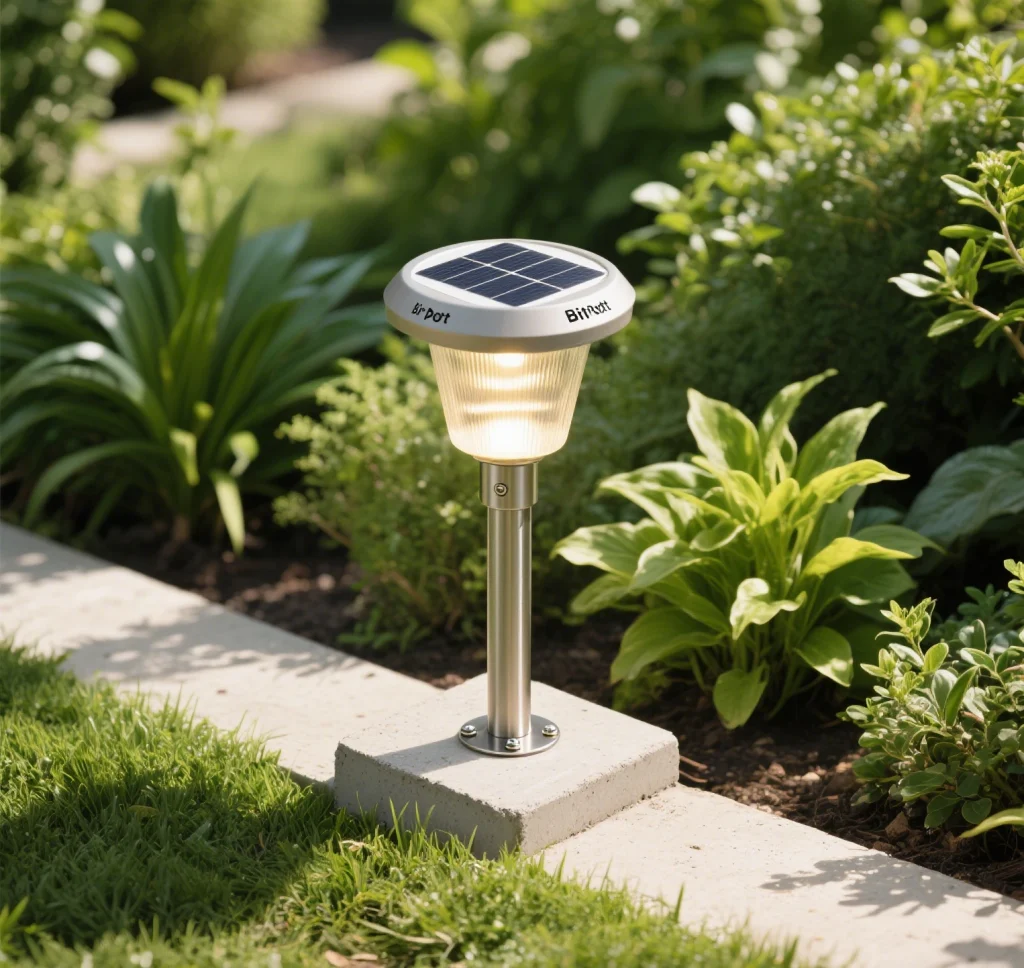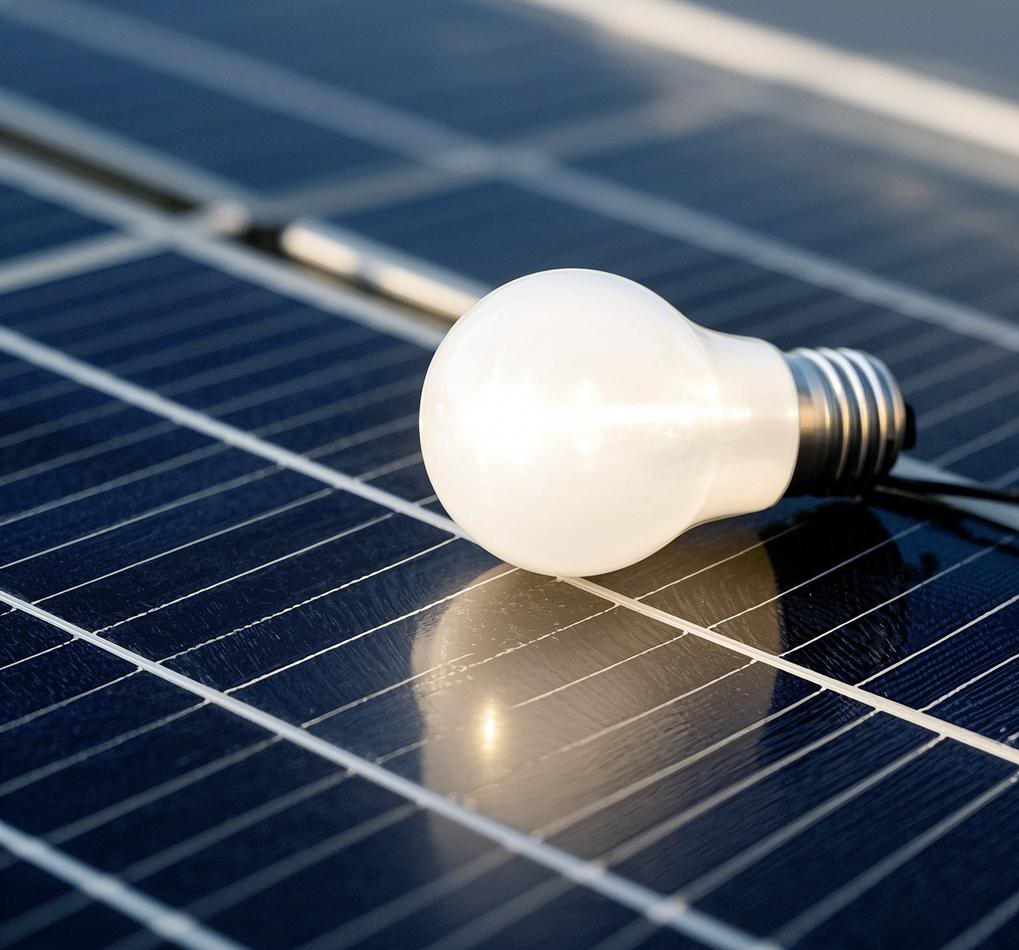In an era defined by climate urgency, solar lights have emerged as a transformative solution, blending innovation with ecological responsibility. Their environmental value extends far beyond energy efficiency, touching every stage of the product lifecycle—from production to disposal. This article explores how solar lights redefine sustainability through renewable energy integration, carbon reduction, resource conservation, and global impact, supported by real-world examples and authoritative research.

1. Renewable Energy: Harnessing the Sun’s Infinite Potential
Solar lights derive energy from photovoltaic (PV) panels that convert sunlight into electricity, eliminating reliance on fossil fuels. According to the International Energy Agency (IEA), solar PV capacity is projected to grow by 2.7 times by 2030, with distributed solar systems like solar lights playing a pivotal role in this expansion . For instance, Los Angeles replaced 141,000 traditional streetlights with solar-powered LED systems, reducing annual energy use by 63% and cutting carbon emissions by 47,583 metric tons—equivalent to removing 10,000 cars from the road .
This shift aligns with global climate goals, as solar energy avoids harmful greenhouse gas emissions. In rural Kenya, the SolarAid initiative provides solar lanterns to households, replacing kerosene lamps and reducing annual carbon emissions by 180 kilograms per household . These examples highlight how solar lights democratize clean energy, making it accessible to both urban grids and off-grid communities.
2. Carbon Footprint Reduction: A Critical Climate Solution
The environmental impact of solar lights is stark when compared to traditional lighting. For example, Philips’ Solar Street Lights use 75% less energy than conventional sodium lamps, while their Uni Street Gen 2 Solar models are designed to last 30 years, minimizing replacement waste . In Amsterdam, solar garden lights compliant with the International Dark-Sky Association (IDA) standards not only reduce light pollution but also cut grid electricity use, saving 12,000 kWh annually per 100 units .
The IEA estimates that solar PV could avoid 60 gigatons of CO₂ emissions by 2050—a figure underscored by large-scale adopters like the Sydney Opera House, whose shift to renewable energy sources reduces its annual carbon footprint by 85%, saving 16 GWh of electricity .
3. Resource Conservation: From Material Efficiency to Circular Economy
Solar lights prioritize sustainable materials and circular design. Philips’ solar streetlights incorporate aluminum frames and recycled photovoltaic cells, ensuring 95% of components are recyclable . Similarly, Sol by Sunna Design uses lithium-ion batteries that can be repurposed for secondary applications, reducing e-waste .
In India, the LED Safari project empowers rural communities to build solar lamps using recycled materials like plastic bottles and mobile phone batteries. Each lamp costs just $8.50 and lasts 10–12 years, diverting waste from landfills while providing affordable lighting . These initiatives demonstrate how solar lights minimize resource extraction and promote a closed-loop economy.

4. Environmental Preservation: Mitigating Light Pollution and Habitat Disruption
Solar lights address a hidden environmental cost: light pollution. Traditional streetlights disrupt ecosystems, but IDA-certified solar lights in Amsterdam use directional beams to avoid skyglow, protecting nocturnal wildlife like bats and sea turtles . The Illuminating Engineering Society (IES) notes that responsible solar lighting reduces energy waste by 30% while enhancing safety and visibility .
In Norway, solar lights thrive in harsh climates, with PV panels maintaining 98% efficiency even in subzero temperatures. Their cold-resistant design prevents heat loss, making them ideal for Nordic regions where conventional lighting systems often fail . This adaptability ensures solar lights can be deployed globally, from deserts to Arctic tundras.
5. Socioeconomic Benefits: Empowering Communities and Reducing Inequality
Solar lights bridge the energy access gap in developing nations. In Malawi, the SolarAid program installs solar home systems in schools, providing 24/7 lighting for classrooms and improving student performance. Over 2,500 households now rely on solar energy, reducing indoor air pollution from kerosene lamps and saving families $30 monthly on fuel costs .
In India, the AIWC Solar Lantern Charging Stations enable women to earn income by renting solar lamps, while also purifying water using solar-powered systems. These projects generate 180 tons of annual carbon savings and empower marginalized communities by putting clean energy solutions directly into their hands.
6. Technological Innovation: Advancing Efficiency and Accessibility
Companies like Tesla are revolutionizing solar integration with products like the Solar Roof, which combines solar panels with durable roofing materials. Paired with the Powerwall, this system stores excess energy, ensuring 24/7 power supply during outages . Similarly, Philips’ SunStay solar streetlights use smart sensors to adjust brightness based on ambient light, optimizing energy use without compromising functionality.
In Denmark, a collaborative project developed a solar lighting system with 97.5% energy conversion efficiency, making it viable for Nordic winters. The system’s design tool accounts for local climate conditions, ensuring reliability in regions with limited sunlight—a testament to how innovation can expand the reach of solar technology.
Conclusion: Lighting the Path to a Greener World
Solar lights are more than just a lighting solution; they are a microcosm of what sustainable innovation can achieve. By tapping into the sun’s renewable energy, they slash carbon emissions, conserve finite resources, protect delicate ecosystems, and uplift communities—all while evolving through technological progress. From the sunlit streets of Los Angeles to the rural villages of Kenya, their impact is tangible, scalable, and hopeful.
As the world grapples with the urgency of climate action, solar lights remind us that solutions need not be distant or abstract. They are here, now—illuminating our neighborhoods, reducing our reliance on fossil fuels, and proving that environmental stewardship can go hand-in-hand with human progress. The choice is simple: every solar light installed is a step toward a planet that’s healthier, fairer, and brighter for generations to come.


Leave a Reply